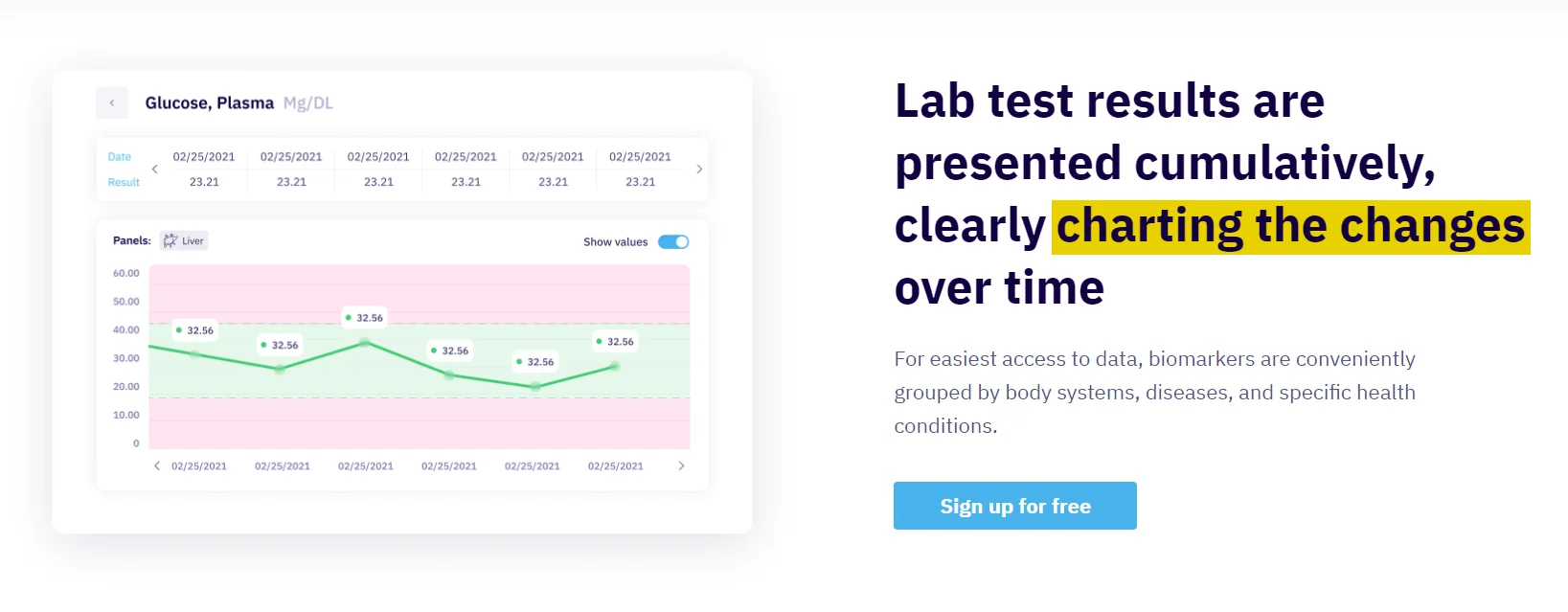As with software development, it is far easier to transform a single stream with a small group of stakeholders than to attempt an all-at-once organizational transition to a new way of working. They empower DevOps practices by helping to improve collaboration, reduce context-switching, introduce automation, and enable observability and monitoring. When security teams adopt a DevOps approach, security is an active and integrated part of the development process. The AWS Developer Tools help you securely store and version your application’s source code and automatically build, test, and deploy your application to AWS or your on-premises environment. You can manage a single instance or scale to thousands using AWS services.

At its core, DevOps is being about gaining alignment between all software development lifecycle participants on three planes – people, process and tools – often called the DevOps trinity. In this framework, the software development lifecycle is viewed as having upstream (development) and downstream (operations) halves. The two halves are part of the same software delivery process but in many traditional IT organizations these halves are highly disconnected (Figure 1). Moving software development to the cloud has so many advantages that more and more companies are adopting cloud-native computing. The DevOps model relies on effective tooling to help teams rapidly and reliably deploy and innovate for their customers. These tools automate manual tasks, help teams manage complex environments at scale, and keep engineers in control of the high velocity that is enabled by DevOps.
What is agile software development?
You can feel confident learning about DevOps as DevOps isn’t going anywhere. DevOps is a methodology that is becoming increasingly popular among organizations that are looking for ways to improve their software development process. Like development and operations, DevSecOps integrates automated security testing effects of remote work on devops into every part of DevOps culture, tooling, and processes. A combination of the words “development” and “operations,” DevOps is a philosophy and set of practices that brings teams together to deliver better software, faster. DevOps is well suited to supporting “always-on” software, or software as a service.

Other popular tools for this phase include Kubernetes, Terraform, Chef, Ansible, and Puppet. DevOps practices rely on effective tools to help teams rapidly and reliably deploy and innovate for their customers. These tools should automate manual tasks, help teams manage complex environments at scale, and keep engineers in control of the high-velocity pace that is DevOps. Continuous integration and continuous delivery (CI/CD) tools like Jenkins can be used to automate software building, testing, and deployment, and they often work together with build automation tools like Maven. After passing initial checks, developers use continuous delivery (CD) tools to automatically push code changes to a non-production testing or staging environment. Operations teams can immediately deploy the changes to production, without any surprises.
What is DevOps? The ultimate guide
Even companies in industries far afield from software have found that they need to make software companies part of their core business. You may not think of trucks as software, but the Ford F-150 truck features more than 150 million lines of code. A lead engineer on the Ford EcoBoost engine team noted that the “secret sauce” in the success of EcoBoost technology is software. Organizations will need to transition to DevOps soon to remain competitive in the continuous economy – even to stay relevant. In addition, developers will seek employment at companies where they can innovate instead of fight fires all day. While DevOps has achieved mainstream status, not all adopters are full DevOps converts.

When code changes are merged, automated tests are run to ensure correctness before integration. Merging and testing code often help development teams gain reassurance in the quality and predictability of code once deployed. This can incorporate multiple https://www.globalcloudteam.com/ types of testing, such as unit, functional, regression, and integration. Code that receives approval will be staged for deployment automatically, but continuous delivery of software doesn’t automatically deploy code that has been vetted.
Measuring DevOps
You may come up with reasons not to occasionally, usually due to regulatory requirements or security concerns, but DevOps organizations should consider cloud the default rather than an afterthought. Gene Kim promoted shortening feedback loops, and amplifying them, to ensure corrections can be implemented in an ongoing product-improvement process. CI/CD supports the objective of reducing the time required to update or deliver software while improving quality. It is helps to ensure that software is delivered on time, within budget, and meets the requirements of stakeholders. DevOps specialists help reduce outages and improve reliability by implementing monitoring and alerting systems that proactively identify and address issues before they become major problems.
- With automation the simple act of pushing code changes to a source code repository can trigger a build, test, and deployment process that significantly reduces the time these steps take.
- Moving from a legacy infrastructure to using Infrastructure as Code (IaC) and microservices can offer faster development and innovation, but the increased operational workload can be challenging.
- The stage continuously monitors the deployed application for bugs or crashes.
- It added new processes and tools that extend the continuous iteration and automation of CI/CD to the rest of the software delivery lifecycle.
- Continuous integration (CI) allows multiple developers to contribute to a single shared repository.
- A DevOps engineer might also need to change processes and solve organizational problems to achieve business outcomes.
Build and deploy a microservices architecture using containers or serverless computing. AWS supports a large ecosystem of partners which integrate with and extend AWS services. Use your preferred third-party and open source tools with AWS to build an end-to-end solution. Get exposure to several common operating systems, including Microsoft Windows, Google Android, Apple macOS and iOS, and Linux. Familiarize yourself with operating system issues like network management, security management and file management.
Feedback Loop Amplification
If you already have a good grasp on programming, you might consider a DevOps-focused coding bootcamp. DevOps bootcamps cover topics such as continuous delivery, configuration management, containerization and deployment automation. They provide hands-on training with popular DevOps tools like Kubernetes, Puppet and Ansible.
Ideally, DevOps means that an IT team writes software that perfectly meets user requirements, deploys without any wasted time and runs optimally on the first try. Organizations use a combination of culture and technology to pursue this goal. DevOps engineers require knowledge of a range of programming languages and a strong set of communication skills to be able to collaborate among engineering and business groups.
Benefits of DevOps
This approach improves velocity, productivity, and sustainability of software development teams. DevOps is an IT delivery method that brings development and operations departments closer together by combining individuals, tools, and working practices. With DevOps, teams boost the efficiency of applications and service development, and can cultivate a more responsive process in managing the IT infrastructure. They can also deploy IT products at a pace that aligns with today’s marketplace, and update them as required to maximize performance.

Rapid delivery of software is essential for running your applications in the cloud efficiently. Continuous Integration (CI) refers to frequently merging new software using a single line of code. Continuous delivery refers to the production of packaged software out of code in frequent cycles. Likewise, Continuous deployment refers to the deployment of the packaged software to a runtime platform in periodic cycles. The advent of CI/CD has revamped the traditional application development process drastically.
DevOps tools, concepts and fundamentals
DevOps teams monitor the entire development lifecycle — from planning, development, integration and testing, deployment, and operations. This allows teams to respond to any degradation in the customer experience, quickly and automatically. More importantly, it allows teams to “shift left” to earlier stages in development and minimize broken production changes.







